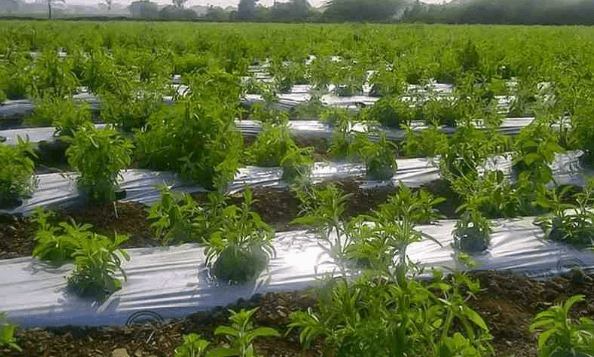
Maximizing and maintaining sustainability in agricultural activities is essential for effective farm management. Shedding and mulching are offered, and they are necessary for maintaining soil health and raising crop yields. There are several things to consider when considering shedding and mulching services for your farm. This article examines these critical factors to assist you in making wise decisions for your agricultural activities.
Soil health and fertility
The critical effect of soil management is one of the most important things to consider when implementing shedding and mulching services. Proper soil management improves soil structure and encourages microbial activity, thus enhancing its fertility. It works best when organic materials are used. This may result in increased plant nutrient availability, which would eventually enhance yields. For example, tree mulching helps conserve soil water, making soil nutrients and water available for plants leading to robust growth. Think about the nutrients in the materials you choose for mulching and how they will break down over time. Sheds also improve soil fertility by preventing excessive rain from eroding nutrients from the soil. This helps control soil moisture levels.
See also: Raid: Shadow Legends Guide: Tips for New Players
Climate consideration
The success of shedding and mulching services largely depends on the local climate. Sheds can offer vulnerable crops cover from harsh weather conditions like high temperatures and precipitation, preventing plants from sunburn and waterlogging. On the other hand, mulching is beneficial for retaining moisture in drier places. To properly adjust your shedding and mulching tactics, it is imperative to evaluate the local climate variables, including temperature changes and precipitation patterns.
Crop Selection and Compatibility
The needs for mulching and shedding” differ depending on the crop. Consider the particular requirements of the crops you raise when selecting these services. For example, some vegetables would do well in a greenhouse, while others might gain from the mulch’s ability to retain moisture. It’s also critical to ensure the mulch you choose is compatible with the crops you plan to grow; some materials may attract pests or hold illnesses harmful to particular plant species. You may maximize the advantages of mulching and shedding by being aware of the specific requirements of each crop you choose
Environmental impact
Modern agriculture has a growing emphasis on sustainability. For example, tree mulching makes things easy by controlling adverse conditions to plans. Therefore, you shouldn’t undervalue the effects of your shedding and mulching procedures on the environment. When mulching, using renewable and biodegradable materials can improve soil health and reduce adverse impacts on the ecosystem. Consider where your supplies come from; employing local resources can help local economies and lower carbon footprints. When putting shedding solutions into practice, consider energy efficiency and using materials that complement the surrounding environment to enhance biodiversity on your farm.
Labor and Maintenance Requirements
Lastly, consider the work and upkeep needed for mulching and shedding services. Shed construction and upkeep can involve much labor during the initial stages and continuous maintenance. Similarly, mulching must be regularly observed to ensure the material doesn’t break down too quickly or become a haven for pests. To ascertain if you can successfully execute and manage these services, evaluate the labor resources you have at your disposal and the skill levels of your personnel.
There are advantages of incorporating shedding and mulching services into the farm management approach to ensure increased crop yields and better soil health. Proper decisions are considered to support the sustainability and productivity of agricultural operations through variables. Take the time to consider these factors to help improve the performance of your farm and foster long-term resilience in an agricultural environment that is constantly changing.




